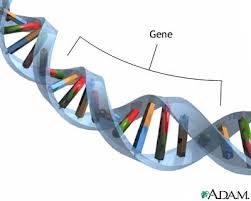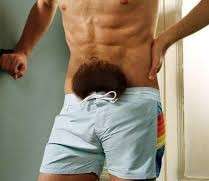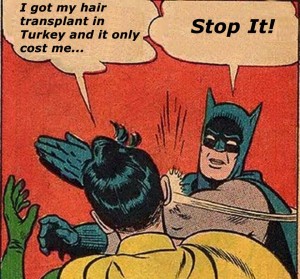This is taken from this most recent issue of the Scientific American, October 2015
Author Robert Stickgold discussed what happens if you do or don’t get enough sleep. I will outline some important points that stood out from the article:
1- The immune system: works better with a good night of sleep. When individuals were vaccinated and sleep deprived, they produced significantly less antibodies to vaccine virus than those who had a good night sleep. This suggests that the immune system does not work efficiently in a sleep deprived individual.
2- Appetite is stimulated when a person has less sleep because (a) an appetite stimulating hormone (ghrelin) increases in the blood and (b) the production of leptin which normally inhibits hunger, is decreased. The results are that adults who do not have a good nights sleep have a greater risk of obesity by 50% and children from 6-9 years old who sleep less than 10 hours a night, are 2 1/2 times more likely to be obese.
3- Diabetes: There is an association between sleep restriction and the development of type 2 diabetes. The management of sugar is impaired in sleep deprived adults as well.
4- The brain’s ability to recognize words in various situation is impaired with less sleep. We also need sleep to integrate what we learn every day into our memory.
5- Many psychiatric disorders including depression are more likely to occur in individuals who do not have a good night sleep.
6- Sleep promotes selective stabilization, strengthening, integration and analysis of new memories.
7- Important focused learning is improved with a good nights sleep. Things that you need to remember to take a test, for example, apply here.
8- The brain cleans house when you sleep, is more efficient in removing toxins during sleep than when you are awake.
9- A good nights sleep enhances the integration of past experiences with future performance.
10- The more complex our lives are, the more we need a good night’s sleep to manage these complexities.
Comment: Many people snore and their airways are obstructed, disallowing them to sleep uninterrupted through the night. These people will have many of the above stated problems with overall health. I have a smart watch, which I have worn at night to find out how much I move around restless while I sleep. I found that I lay still more 85% of the night while I slept. A nice function to test for sleep disturbance for those of you with a smart watch. Evaluate how long and how well you sleep.
Conclusion: If you are deprived of sleep, you are more than just being very tired when you wake – you may wind up sick more often, overweight, forgetful and depressed.
A good nights sleep varies between people, but it is plausible that a minimum of 7 hours of restful sleep for an adult is important for good body and brain health.






